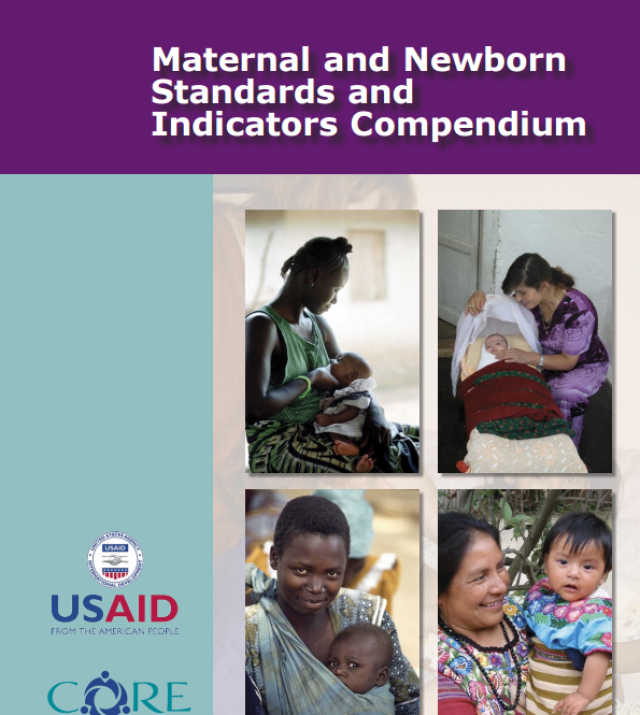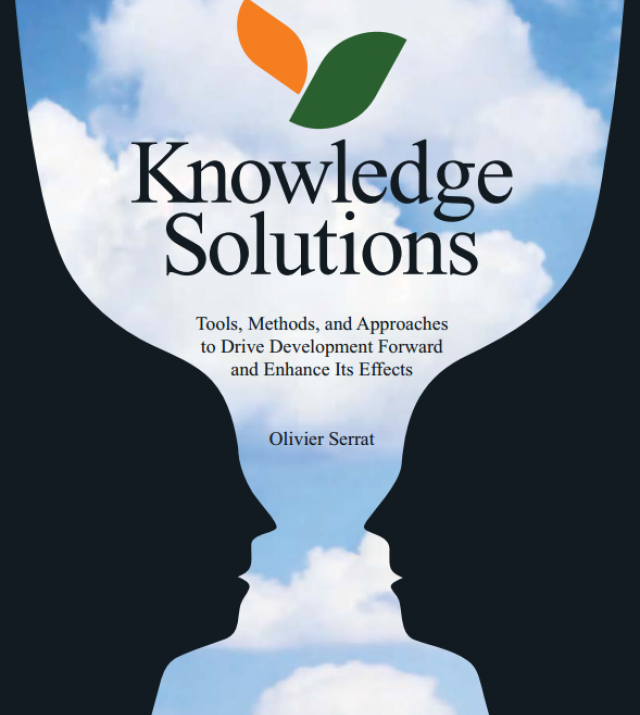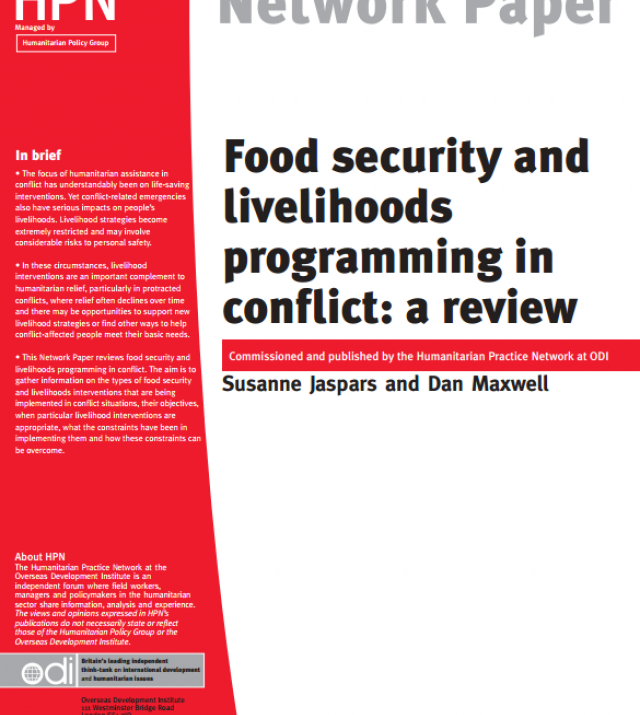
Draft Guidance: How to Measure the Food Security Program Capacity Index (FSPCI)

The Food Security Program Capacity Index (FSPCI) is a self-assessment tool that food security programs can use to measure their knowledge of important guidance and staff capacity in key programming areas. It currently consists of 10 elements, each of which measures one of the core capacities needed to design and execute a food security program. Every element is composed of sub-elements that address the specific capacities relevant to the associated element (unlike the FSCCI for community capacity, the sub-elements and ranking criteria do not change from project to project). Aside from its use in measuring key program capacity, the consensus-based method used to calculate the FSPCI is an important and effective tool for orienting new staff and refreshing existing staff on the key concepts that Africare uses in its Title II programs.
The FSPCI was created during the mid-term evaluation of Africare’s Title II Institutional Support Assistance (ISA) grant (FY99-FY04). When these grants were funded they required neither a baseline survey nor an indicator performance tracking table (IPTT). One strength of the FSPCI tool was that it enabled the project to measure, retroactively, some of the new indicators that were created during the midterm. During the mid-term, staff were asked to provide rankings for themselves for three periods in time: (1) retroactively back to before the grant started, (2) the present (at mid-term), and (3) where they wanted to be in two years (FY04). Africare found that this self-assessment exercise helped staff better understand some of the new cross-cutting areas being developed and identify new ways these could be strengthened. In fact, based on this experience several Title II NGO cooperating sponsors expressed an interest in the index since it helped shorten the time needed to orient new staff and conduct routine functions like reporting.
This document is intended to be a draft guide for food security staff within Africare and other cooperating sponsors (CS) on how the tool is being revised and how it should be calculated. Although the index provided here focuses on the basic skills and guidance needed for food security programming, the basic template could be adapted to other types of programming.
The major results of the review were that although the tool was highly useful in the past, its current utility has been marred by the ways it is being used. The group’s analysis showed that in contrast to Africare’s well-known community capacity index (the Food Security Community Capacity Index [FSCCI]), the FSPCI was never linked to any sort of field program-level action plan for building staff capacity with help from the Africare HQ office. In turn, this has contributed to the tool being “headquarter-driven” with very little real connection to the field.

